Nature-based Education: Books
Further resources, if available, can be found in our full bibliography.
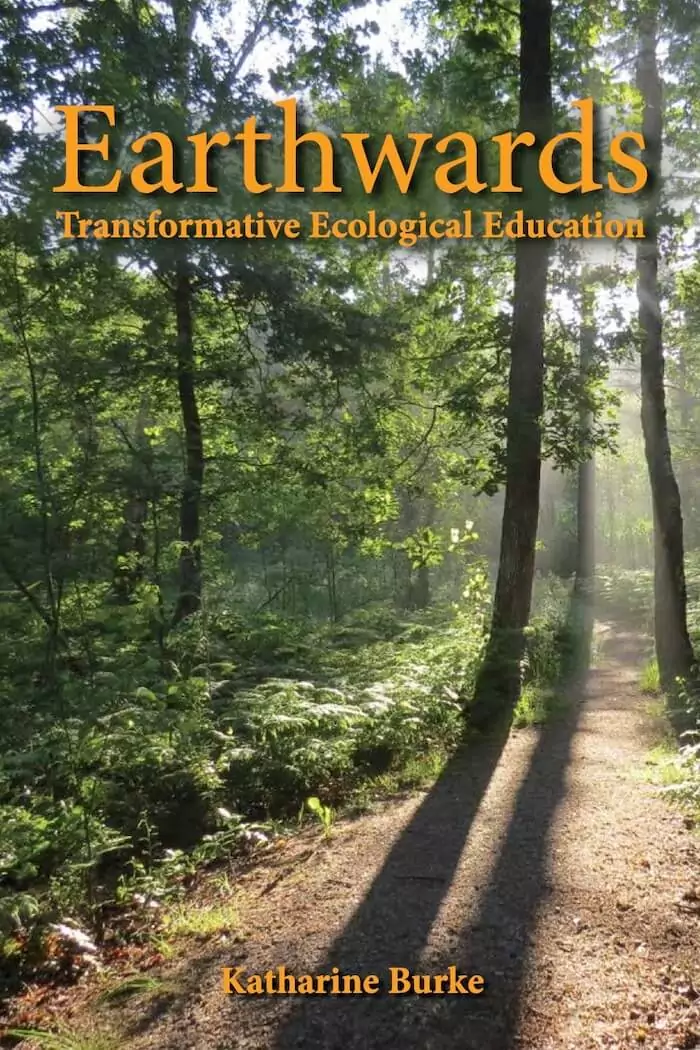
Author Katharine Burke recognized a growing malaise in response to the climate crisis and asked herself how we, as teachers, can help these capable yet vulnerable young people develop the ecological literacy and personal resilience they need. She provoked her students to think and act ecologically. She then invited other teachers to participate in action research for developing nature connectedness with the students. This book shares those transformative stories, concepts, and methods of connecting with nature for life. Earthwards shifts the lens from using nature as a throwaway object to understanding nature as a living organism. This crucial paradigm shift comes through peak experiences of nature. The educator’s job is both to create the conditions for such transformative ecological experiences and then to bring out the students’ observations, feelings, thoughts, and questions.
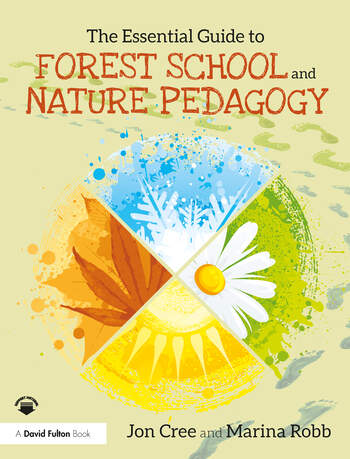
This book is a complete guide to Forest School provision and Nature Pedagogy and it examines the models, methods, worldviews and values that underpin teaching in nature. Cree and Robb show how a robust Nature Pedagogy can support learning, behaviour, and physical and emotional wellbeing, and, importantly, a deeper relationship with the natural world. They offer an overview of what a Forest School programme could look like through the year. The Essential Guide to Forest School and Nature Pedagogy provides ‘real-life’ examples from a variety of contexts, sample session plans and detailed guidance on using language, crafting and working with the natural world. This accessible resource guides readers along the Forest School path, covering topics such as: the history of nature education; the human sensory system in nature; Forest School ethos and worldview and playing and crafting in the natural world.
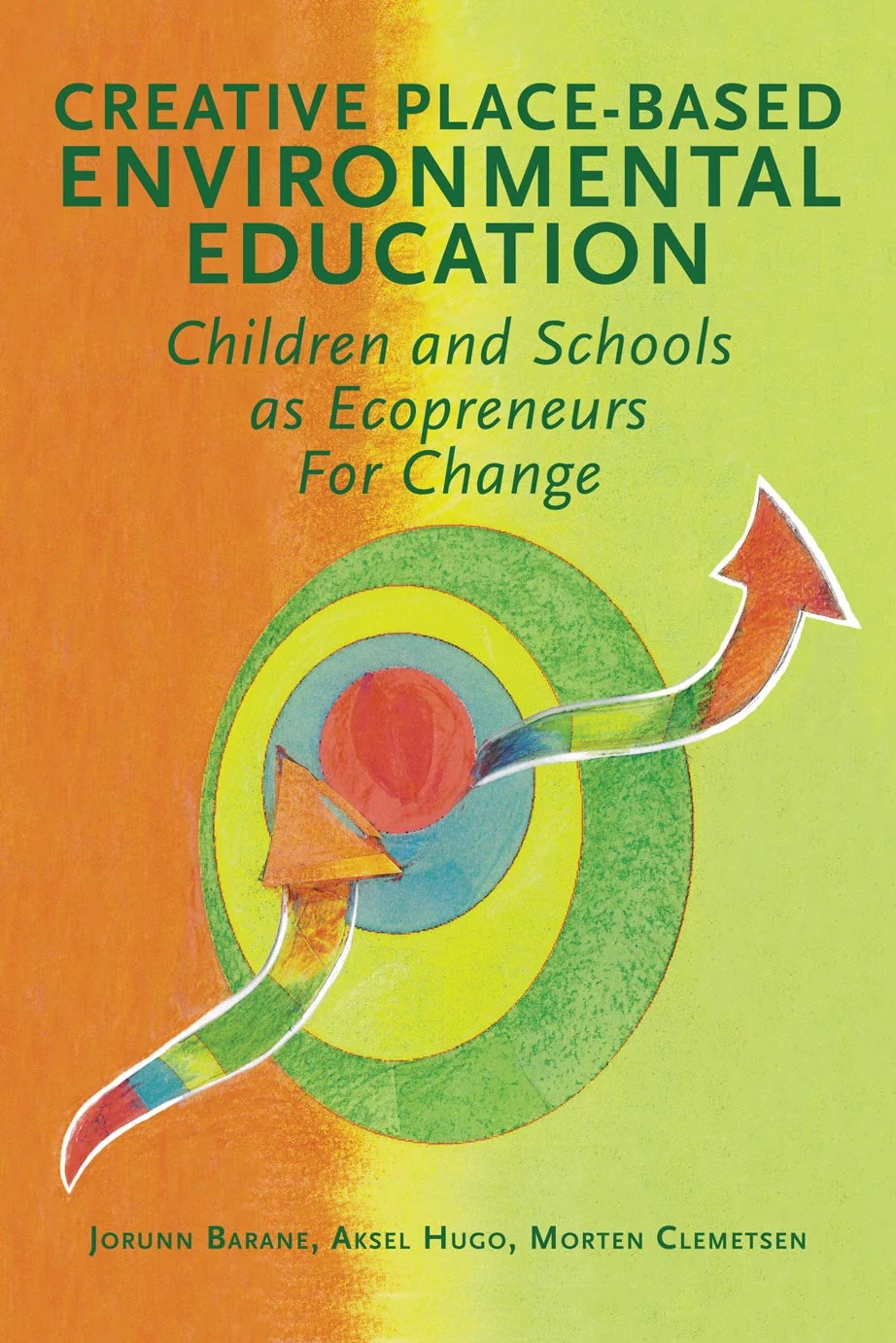
Creative Place-Based Environmental Education: Children and Schools as Ecopreneurs for Change
Jorunn Barane, Morten Clemetsen, Aksel Hugo
Hawthorn Press
2018
How can schools become creative hubs for enriching the community, for caring for nature, landscape, and place? This book presents the why, what, and how of creative place-based education as action researched successfully by educators for more than twenty years in Aurland, Sognafjord, Norway, and with Norges miljø- og biovitenskapelige universitet (Norwegian University of Life Sciences) in Oslo, Norway. This hands-on approach embraces the whole locality as an inspiring educational resource. Design tools for developing place based educational curricula are made globally relevant, with case studies.
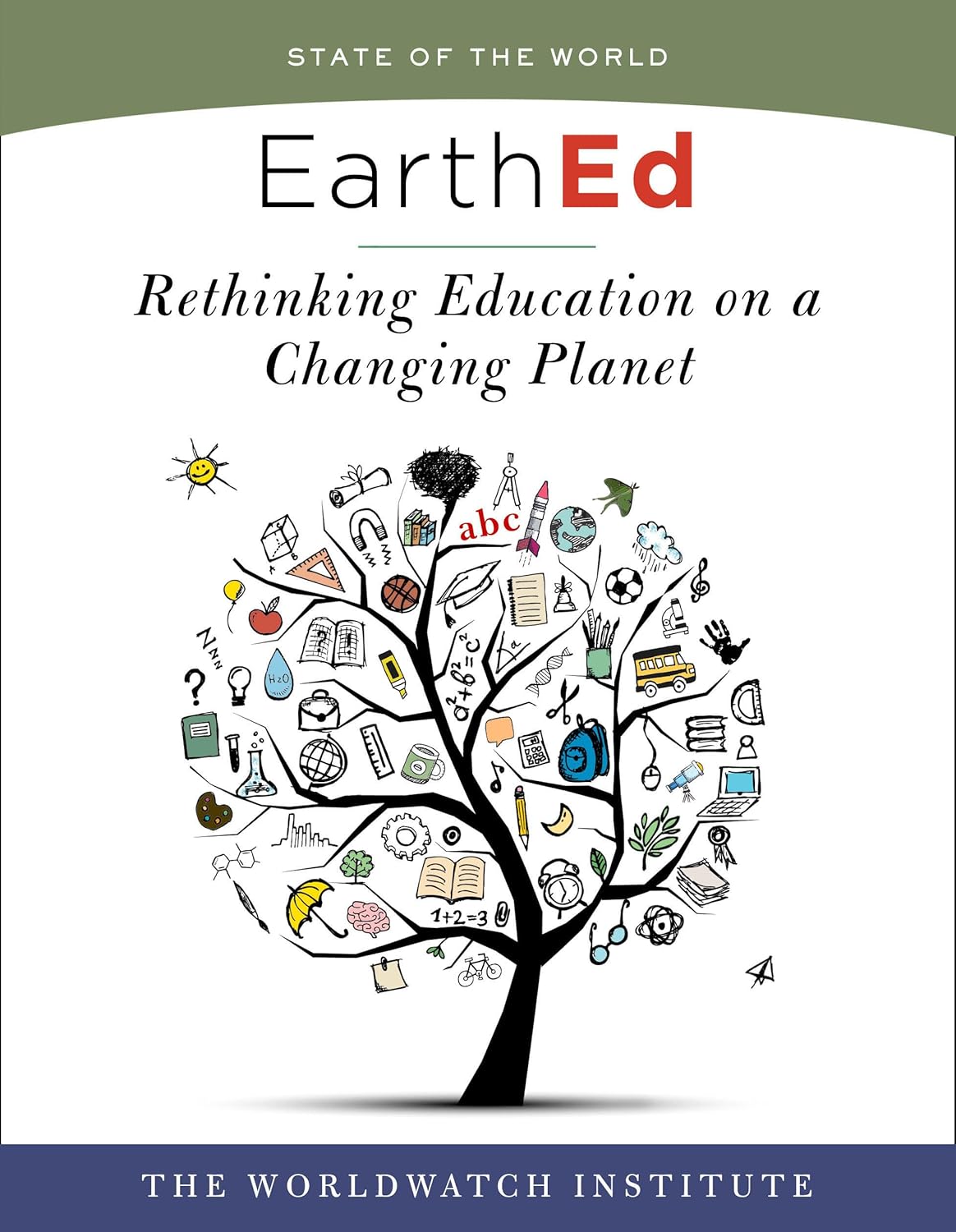
EarthEd (State of the World): Rethinking Education on a Changing Planet
The Worldwatch Institute
Island Press
2017
Earth education is traditionally confined to specific topics: ecoliteracy, outdoor education, environmental science. But in the coming century, on track to be the warmest in human history, every aspect of human life will be affected by the changing planet. Emerging diseases, food shortages, drought, and waterlogged cities are just some of the unprecedented challenges that today’s students will face. How can 9.5 billion people be prepared for life in the Anthropocene, to thrive in this uncharted and more chaotic future? EarthEd addresses schooling at all levels of development, from preschool to professional. Its lessons can inform teachers, policy makers, school administrators, community leaders, parents, and students alike. And its vision will inspire anyone who wants to prepare students not only for the storms ahead but to become the next generation of sustainability leaders.
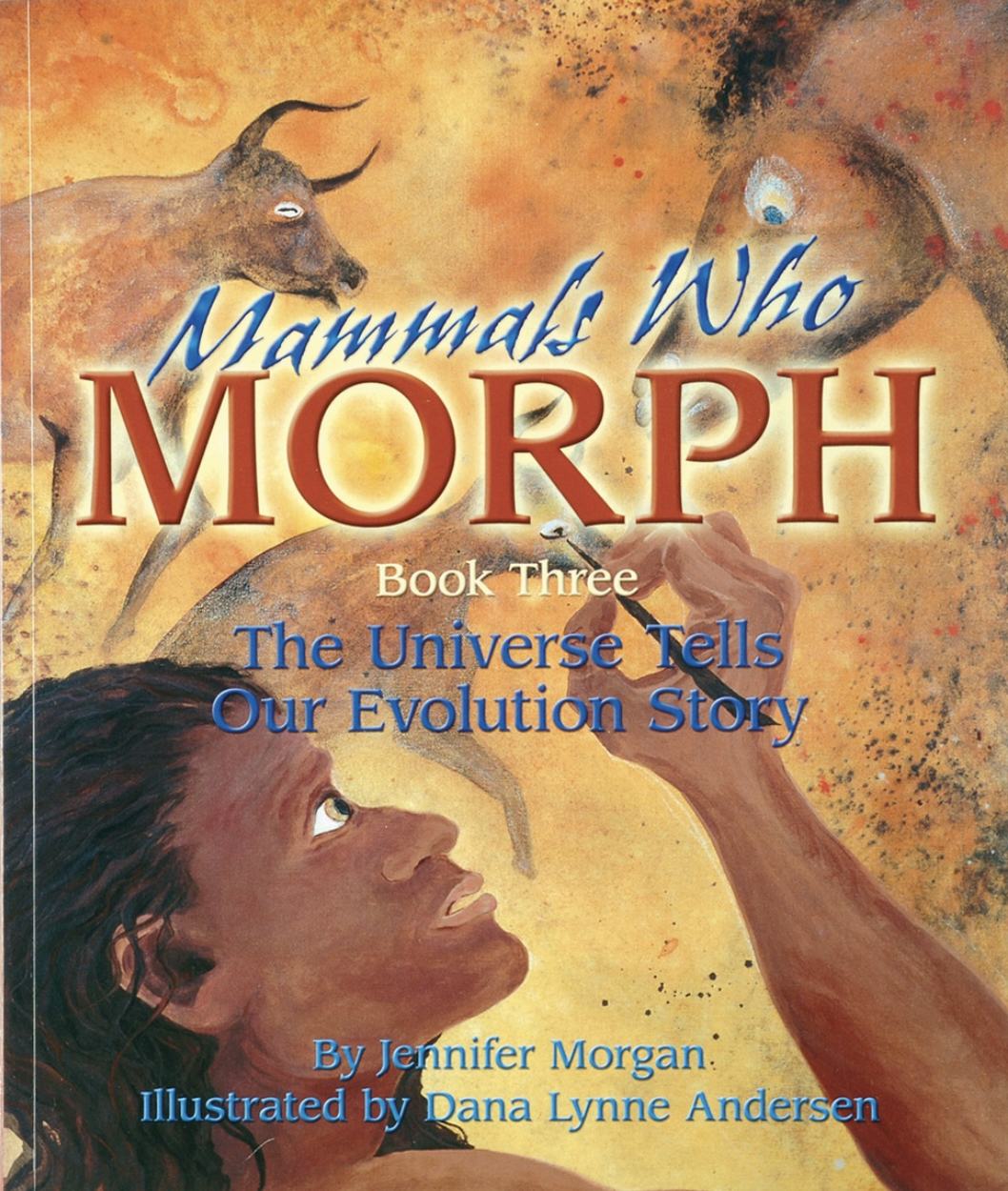
This is the third book in the passionately told “autobiographical” Universe Trilogy series. Written to stimulate a genuine appreciation for the full grandeur and excitement of the amazing Universe, this volume carries children from the dawn of the age of mammals to the present day.
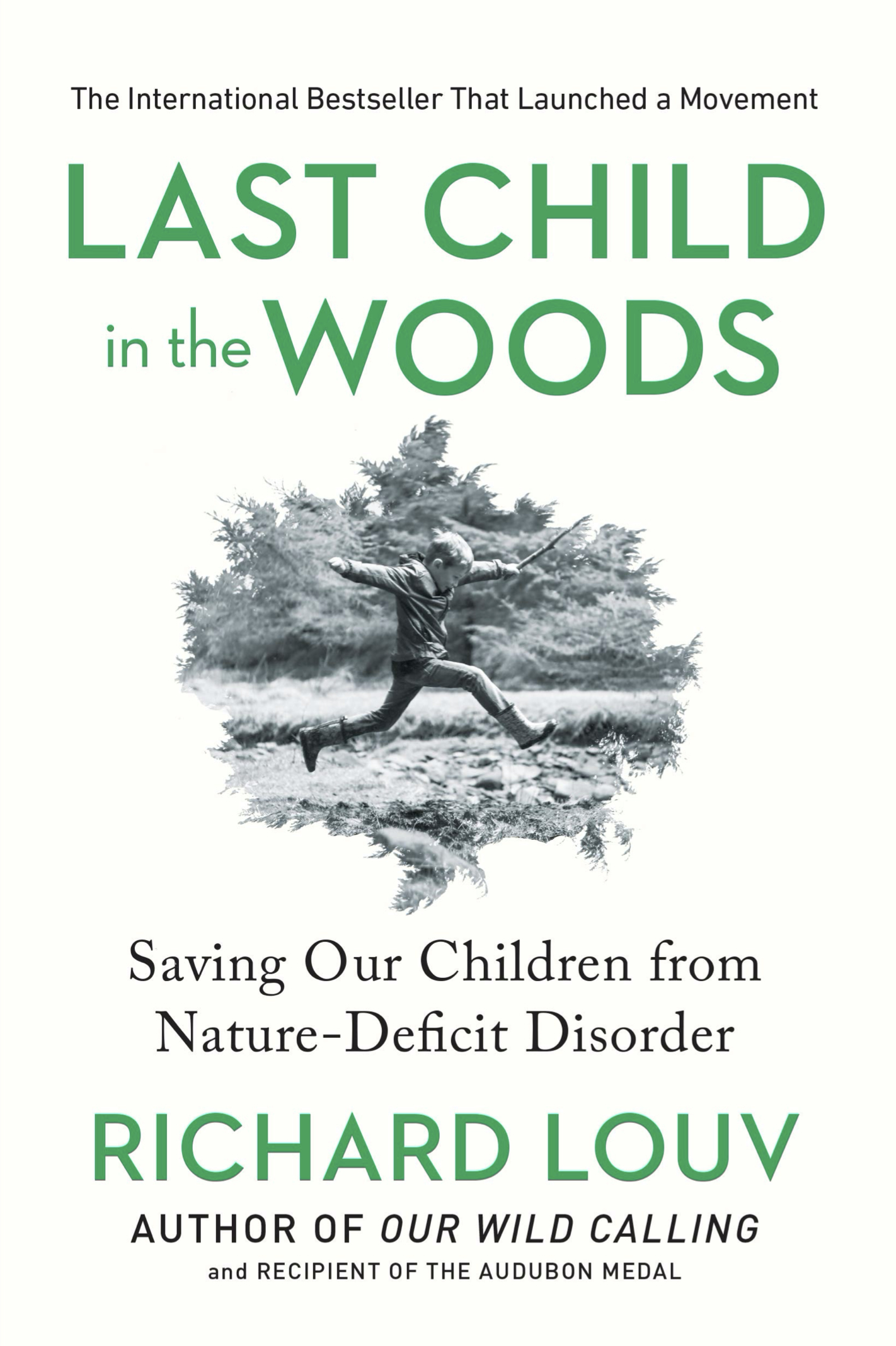
Last Child in the Woods: Saving Our Children from Nature-Deficit Disorder
Richard Louv
Algonquin Books
2005
In this influential work about the staggering divide between children and the outdoors, child advocacy expert Richard Louv directly links the lack of nature in the lives of today’s wired generation—he calls it nature-deficit—to some of the most disturbing childhood trends, such as the rises in obesity, attention disorders, and depression. Last Child in the Woods is the first book to bring together a new and growing body of research indicating that direct exposure to nature is essential for healthy childhood development and for the physical and emotional health of children and adults. More than just raising an alarm, Louv offers practical solutions and simple ways to heal the broken bond–and many are right in the backyard.
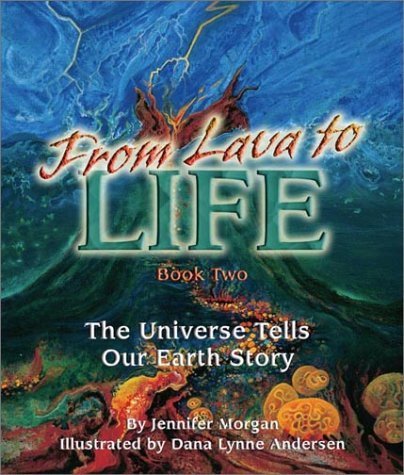
Take children back in time, before dinosaurs or jellyfish, and connect them to the first tiny things that twitched in the ocean. Written in the first person, the Universe continues its tale of how things began, the challenges it faced, and how time after time, when it was almost extinguished, it managed to survive and emerge stronger and more capable.
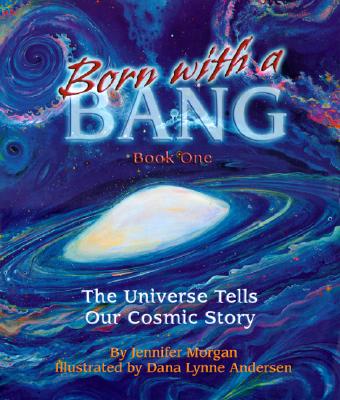
In this scientifically-accurate book, children will learn about the story of the universe from the Big Band up until the formation of young Earth. Gorgeous and ethereal illustrations and a story that brings children into a state of connectedness with the universe make this an amazing cosmology book for parents and teachers who want to instill in kids a deep appreciation for themselves, their community, and the need to protect this planet in which all people reside.
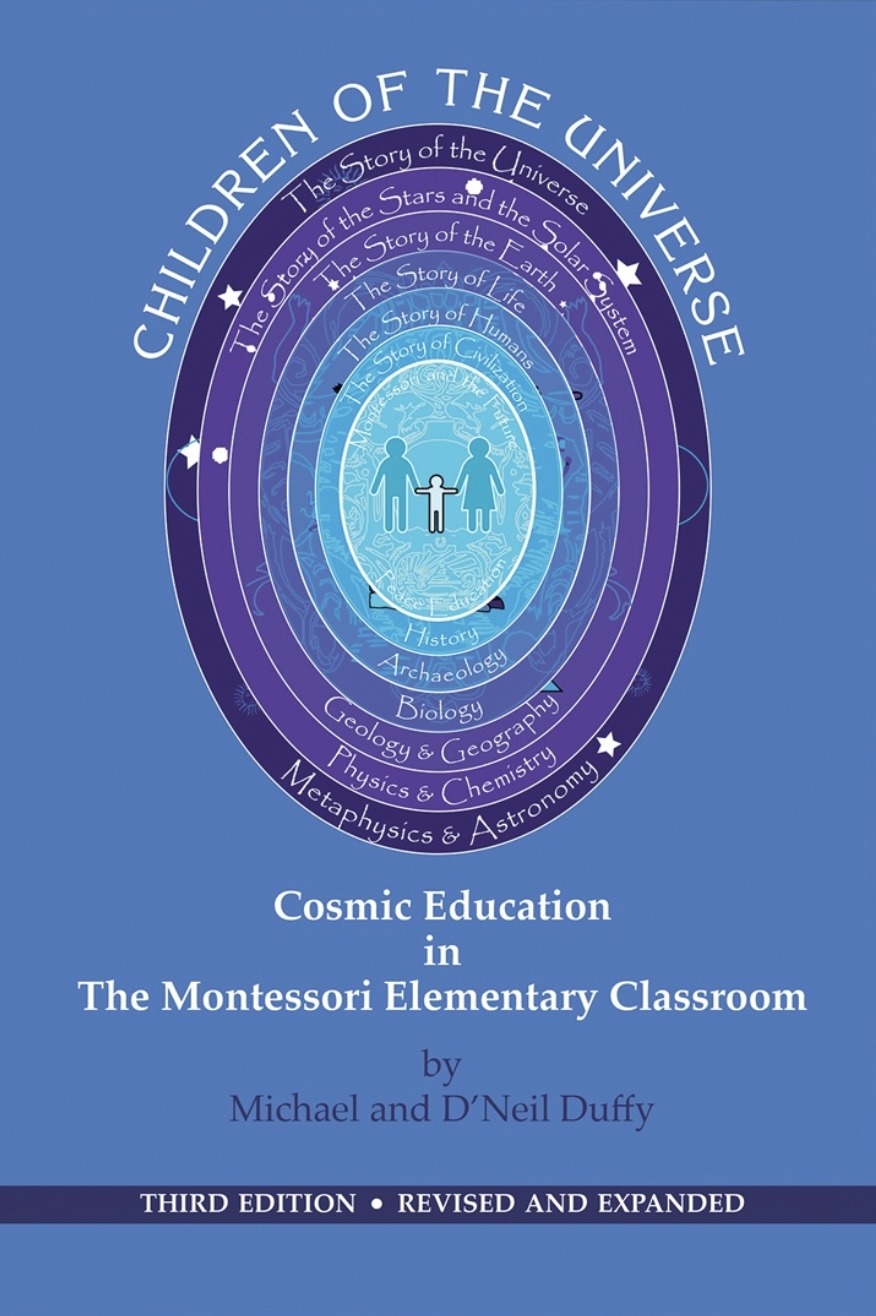
Children of the Universe: Cosmic Education in the Montessori Elementary Classroom
Michael Duffy, D’Neil Duffy
Parent Child Press
2002
The first complete book on Cosmic Education explains Maria Montessori’s overall plan for the elementary curriculum. Includes Stories of the Universe, The Solar System, The Earth, Life, Humans and Civilizations. Written by two experienced Montessori teachers who are now teacher-trainers. This text, now used in many training programs, will help anyone seeking to understand Cosmic Education.
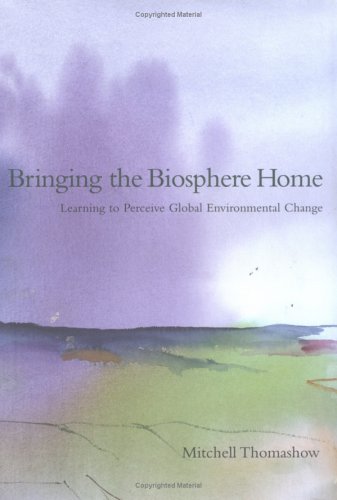
Bringing the Biosphere Home: Learning to Perceive Global Environmental Change
Mitchell Thomashow
MIT Press
2001
This book shows how to make global environmental problems more tangible, so that they become an integral part of everyday awareness. At its core is a simple assumption: that the best way to learn to perceive the biosphere is to pay close attention to our immediate surroundings. Through local natural history observations, imagination and memory, and spiritual contemplation, we develop a place-based environmental view that can be expanded to encompass the biosphere. Interweaving global change science, personal narrative, and commentary on a wide range of scientific and literary works, the book explores both the ecological and existential aspects of urgent issues such as the loss of biodiversity and global climate change. Written in a warm, engaging style, Bringing the Biosphere Home considers the perceptual connections between the local and global, how the ecological news of the community is of interest to the world, and how the global movement of people, species, and weather systems affects the local community. It shows how global environmental change can become the province of numerous educational initiatives—from the classroom to the Internet, from community forums to international conferences, from the backyard to the biosphere. It explains important scientific concepts in clear, nontechnical language and provides dozens of ideas for learning how to practice biospheric perception.
Photo Credit: Roman Odintsov/Pexels